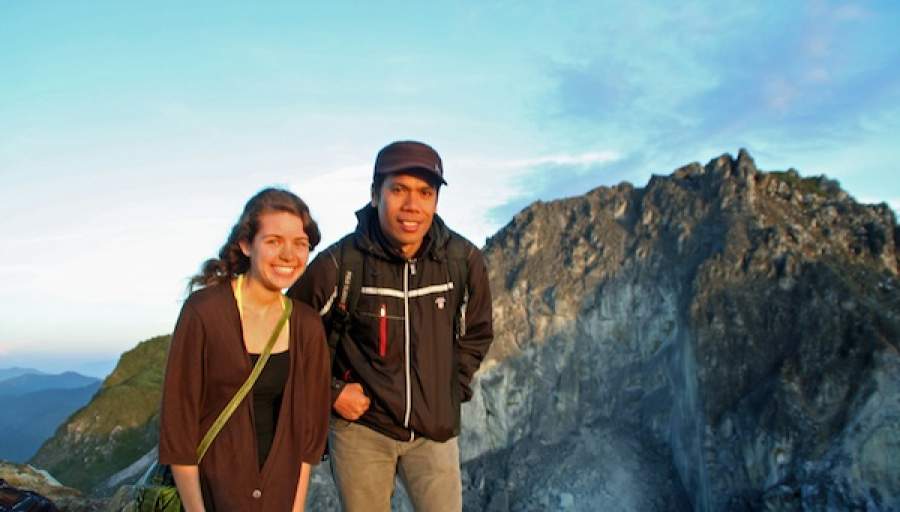The amount of options for travel accommodation available today is virtually endless, with everything from chic city hotels like the Marina Bay Sands in Singapore, to unique underwater boutique resorts like the Poseidon in Fiji. However, student and backpacker travel budgets usually only provide enough leeway for two basic choices: hostels or homestays.
While hostels are often centrally located and offer the opportunity to connect with fellow travellers, homestays can provide a deeper look into the realities of local life and culture. For some homestays, this simply means sleeping in the same house as a local family, but for others, it can mean a full cultural immersion. The varying levels of homestay involvement have long been a popular topic for travel writers, and the way I see it, there’s a big difference between a homestay and simply staying in someone’s house. I’ve experienced a full spectrum of these accommodations, and have to say Nachelle Homestay in Sumatra, Indonesia tops my list.
The homestay is owned and run by a local family with years of guiding experience across the region and genuine love of the area. This really came across when immediately after meeting us, our host, Abdi, took my friends and I for a tour of a local market, pointing out all of the fresh and unique fruit and vegetables. A lover of traditional Sumatran culture, Abdi makes the market a staple place to stop by for all of his guests. As someone who’s probably gotten a bit too familiar with Singapore’s greasy hawker centre-style food, I took full advantage of all the fresh produce!
Since I had been able to communicate with my host via Facebook and email, we were able to organize a full itinerary before arriving. I was able to visit a traditional Karo village, shop around at all the local markets, visit the Sipiso Piso waterfalls and Lake Toba, sample traditional Indonesian coffee and cuisine, hike the Mount Sibayak volcano in time to see the sunrise from the summit, explore a Buddhist temple and relax in some natural hot springs—all throughout the course of a weekend. Even though I’m studying tourism management, I would never have been able to organize all of these activities on my own. Since our host was so familiar with the area, he was able to arrange cheap and convenient transportation to all of our destinations, recommend the best places to eat, communicate with the Karo people in their native language and share local insight about various locations.
A true homestay can be so much more than just a place to sleep, so if you’re looking for a full cultural immersion, look for places that are locally-owned and willing to work with you to help plan your trip before you leave. This will help give both sides time to prepare for your trip, allowing you to get the most possible out of your experience.





